How Stunning Are Chinese Hanfu Wedding Dresses?

Wedding Dresses
A gorgeous wedding dress is a must for any marriage, more than just a beautiful outfit—it carries sacred blessings and joy.
In China, with its diverse regional customs, wedding dresses vary widely.
The go-to choices are usually Western white gowns, followed by traditional Chinese wedding attire.

Lately, celebs and top designers have been sneaking Chinese vibes into weddings. Tired of cookie-cutter Western gowns, many are drawn to Chinese wedding dresses.
Not only are they easier to move in than bulky, fluffy dresses, but their unique charm is unmatched.

Ancient Chinese wedding attire evolved with each dynasty.
Zhou Dynasty
Zhou wedding rituals favored solemn, dignified outfits, unlike later styles. Colors followed the “Xuan Xun system” (Xuan and Xun, colors in Han culture, meaning black and light red fabrics).
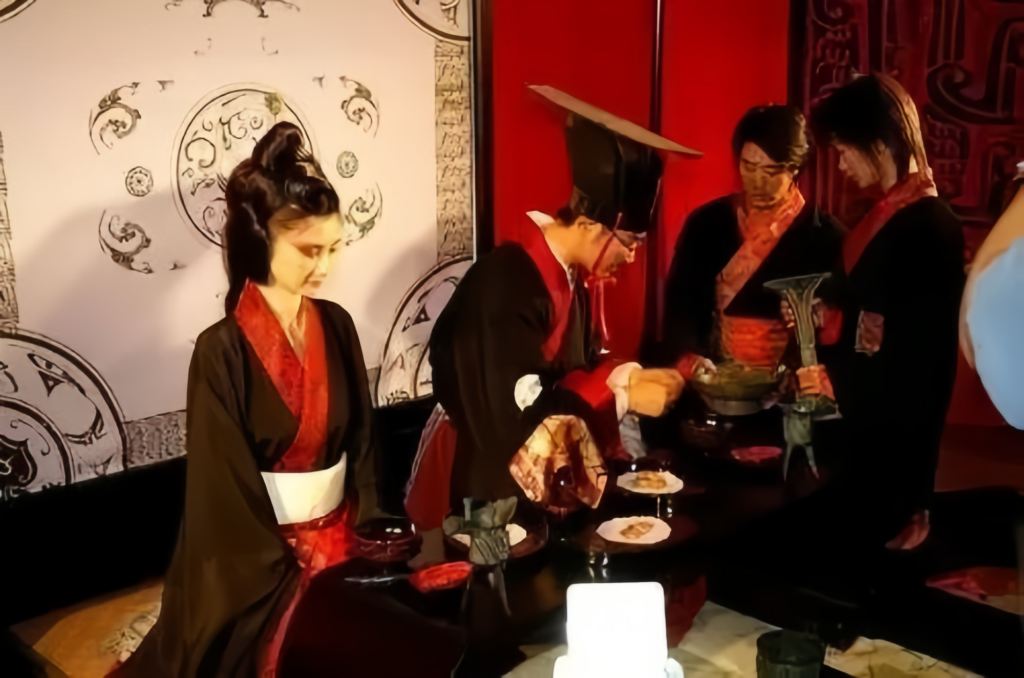
Groom’s Attire: Jue Bian, Xuan Duan ritual robe, black Zi Ya with red Shang, white silk single layer, red Wei, and red Xi.
Bride’s Attire: Ritual robe—black pure Yi with red Shan for the ceremony, Xiao Yi when meeting in-laws.

Qin and Han Dynasties
Before Tang, weddings stuck to Zhou rituals, with black as the norm, especially in Qin-Han, where it signaled respect. Serious days like weddings called for deep black outfits.
Qin-Han royal ladies, empress dowagers, and noblewomen wore Shen Yi-style wedding dresses—top and skirt connected, a common unisex style. Zen Yi included inner layers and Shen Yi, with sleeve variations, all single-fabric pieces. Han used 12 silk colors to craft wedding robes for different ranks.

Tang Dynasty
Tang wedding dresses blended solemnity with festive flair—red for grooms, green for brides, the “red man, green woman” look.

To modern eyes, red and green scream tacky if mismatched, but thriving Tang pulled it off!
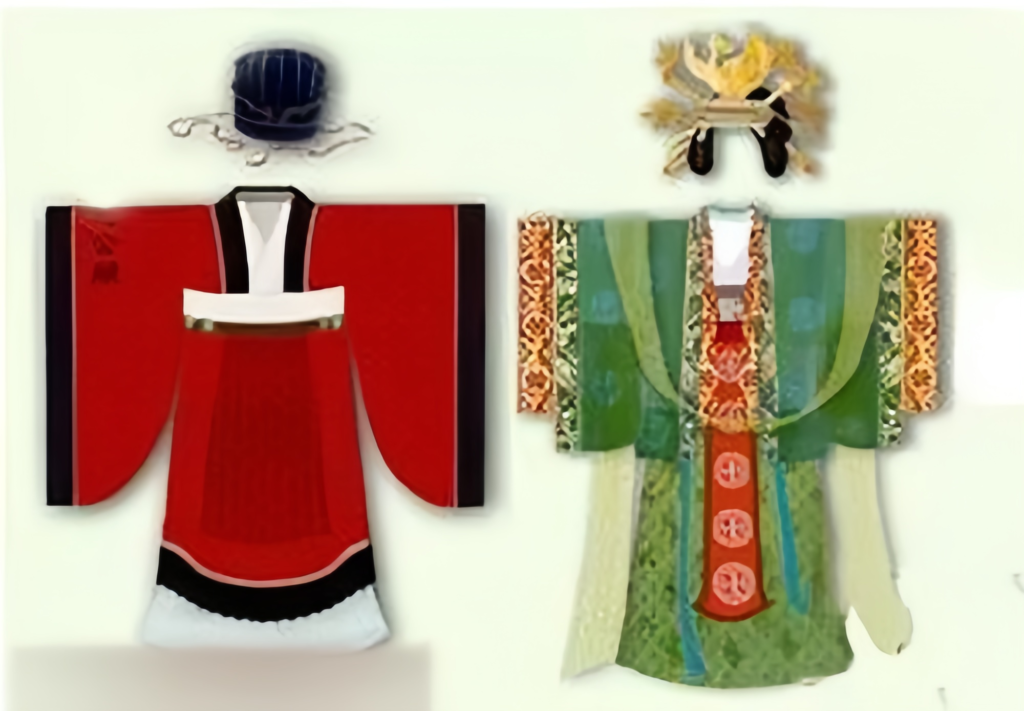
Chai Dian Ritual Dress: Late Tang court ladies evolved this from floral Chai big-sleeve skirts or joined dresses. Layers piled up, topped with wide-sleeve coats.
With gold and jade flower pins in the hair, it’s also called “Dian Chai Ritual Dress.” This was Tang’s go-to remarriage attire. Later, the elaborate style simplified into floral Chai big-sleeve tops.
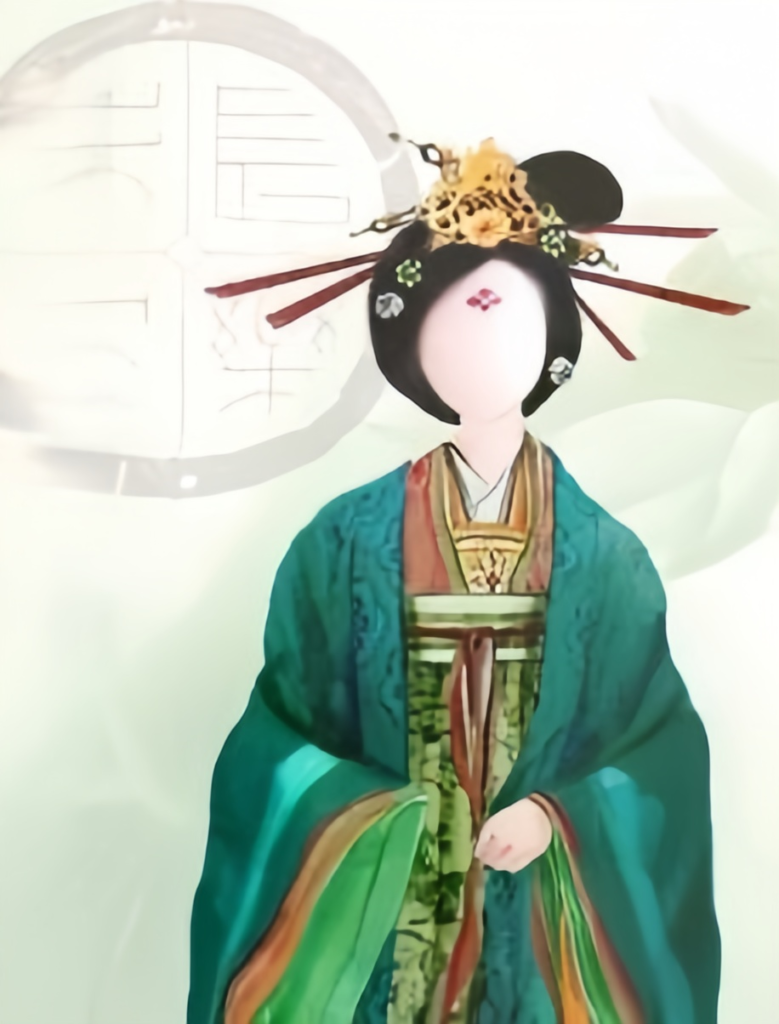

Song Dynasty
Song wedding dresses built on Tang, with brides in crowns, Xia Pei, and big-sleeve shirts, all in green.
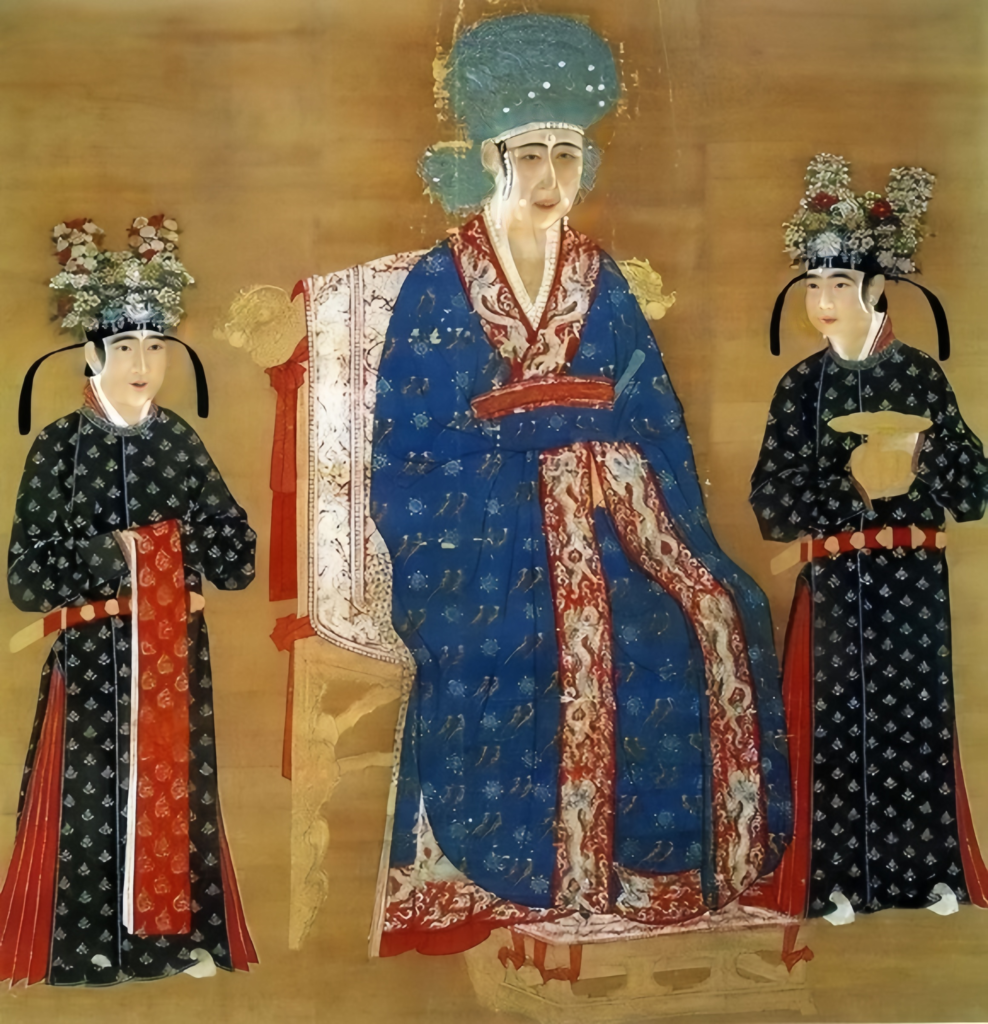
Ming Dynasty
Ming flipped Tang-Song, going “green man, red woman,” with graded phoenix crowns, flower pins, or face veils with silk tassels and paper fans, plus true-red big-sleeve tops and pleated skirts.

The “true-red double-breast big-sleeve shirt + phoenix crown Xia Pei” emerged late but became the iconic Han wedding look, deeply rooted in people’s hearts.
Brides wearing phoenix crowns and Xia Pei is a must, the dreamiest and most glamorous wedding attire for Chinese women.
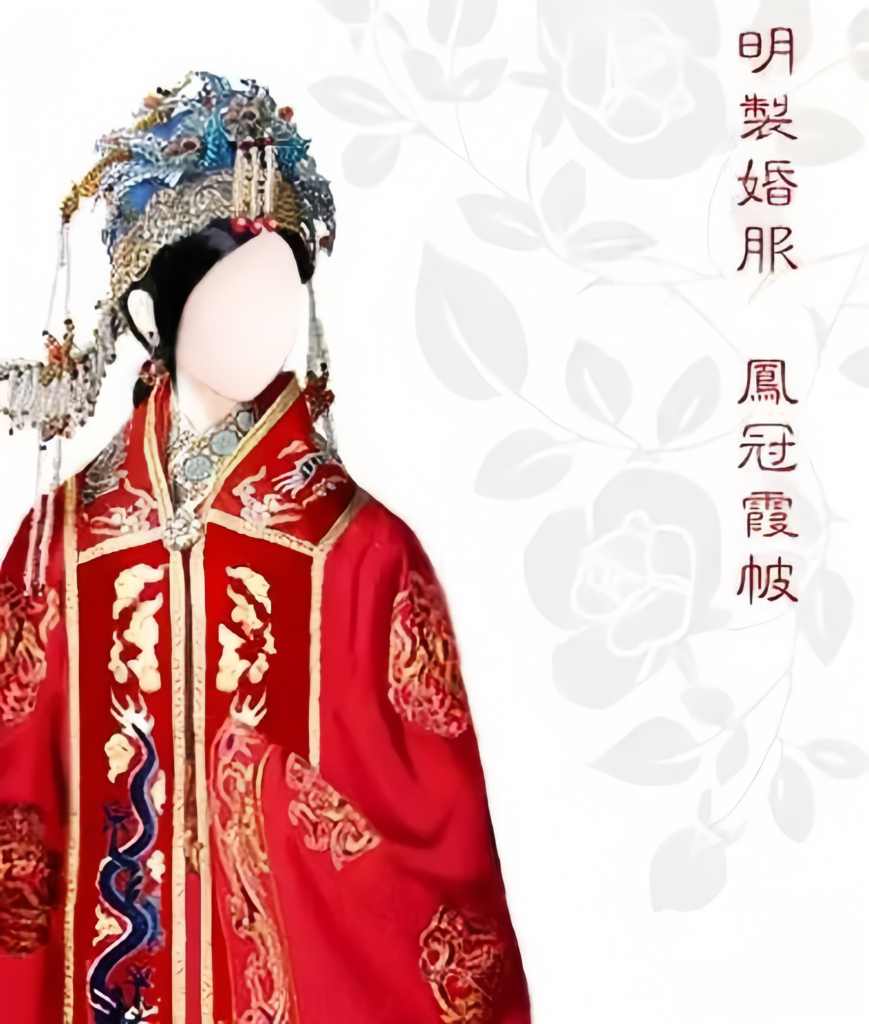
True phoenix crowns and Xia Pei are exquisite crafts.
Take the Ming Wanli Empress’s twelve-dragon nine-phoenix crown from Beijing’s Ding Ling—stunning, regal, a true treasure.

Qing Dynasty and Republic Era
Qing wedding dresses kept Ming’s phoenix crown and Xia Pei, sticking to red but shaped like cheongsams.

Republic-era options included cheongsam and Zhongshan suits, plus wedding gowns and suits, swapping phoenix crowns for white veils.
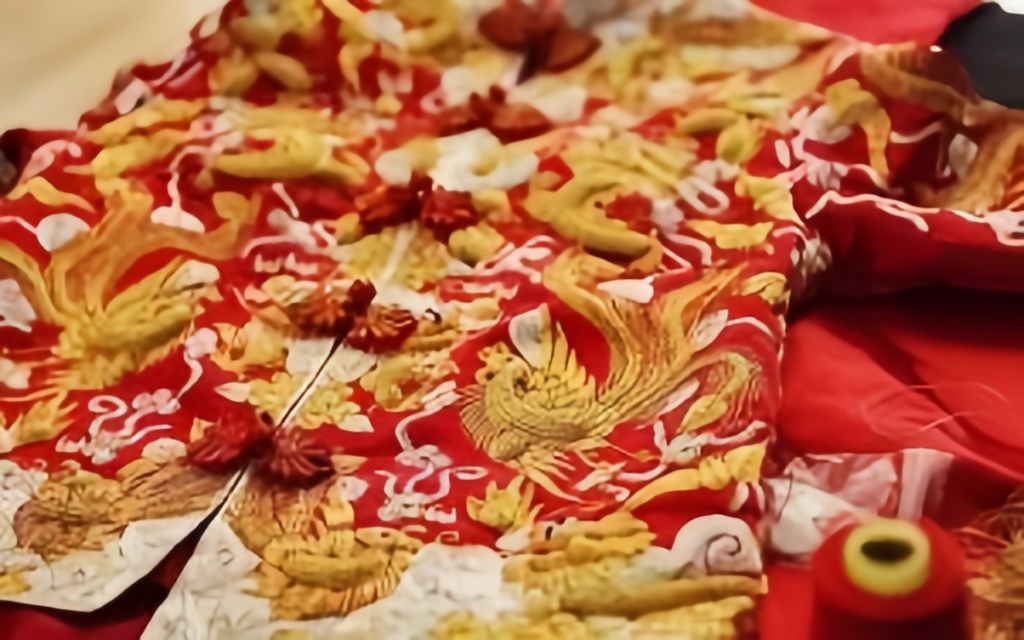
Wedding dresses reflect each culture’s unique traits.
In China, with 56 ethnic groups, Han traditional red phoenix crown Xia Pei stands out, symbolizing celebration and luck.
Whatever you wear, here’s to keeping traditions alive and wishing all couples a joyful, happy life together!
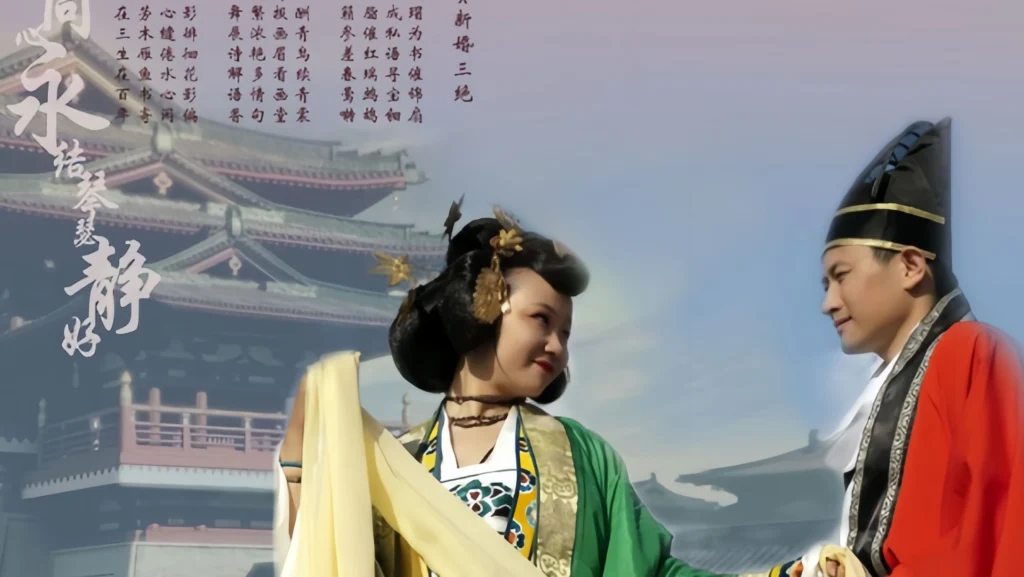


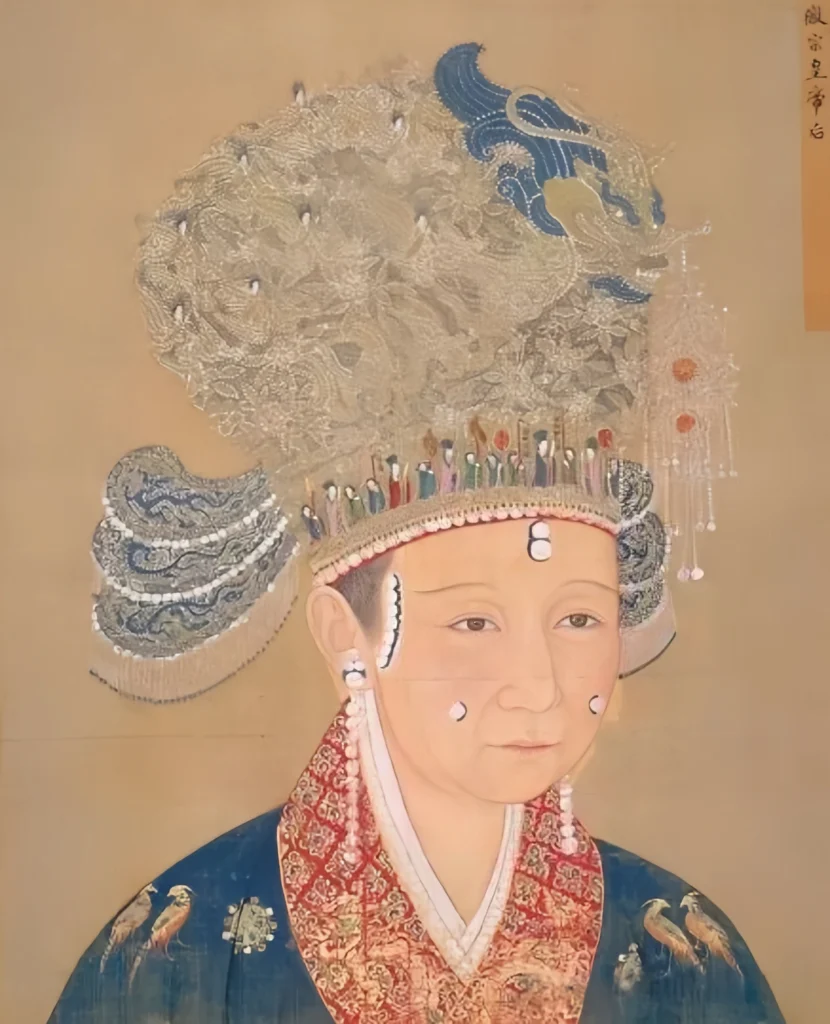
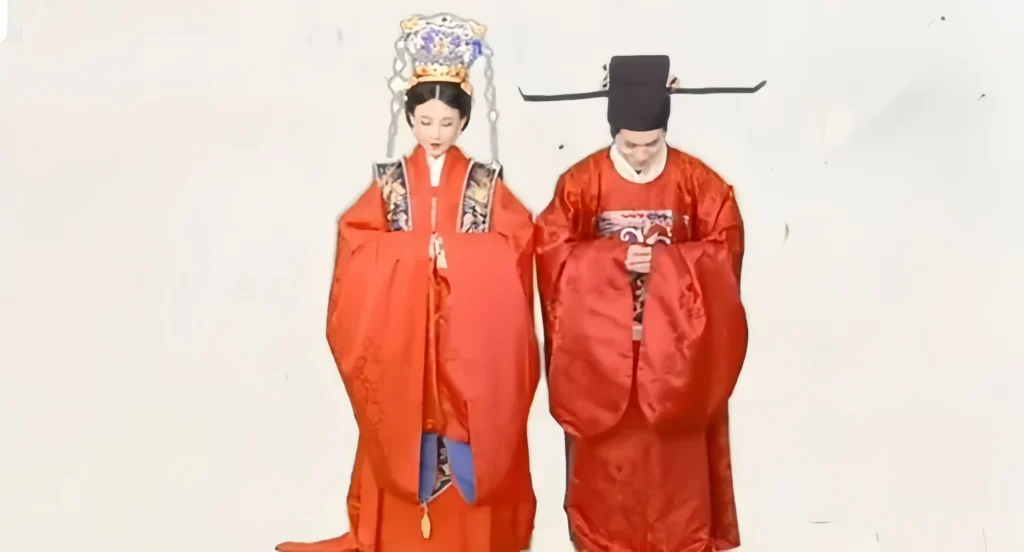
Responses